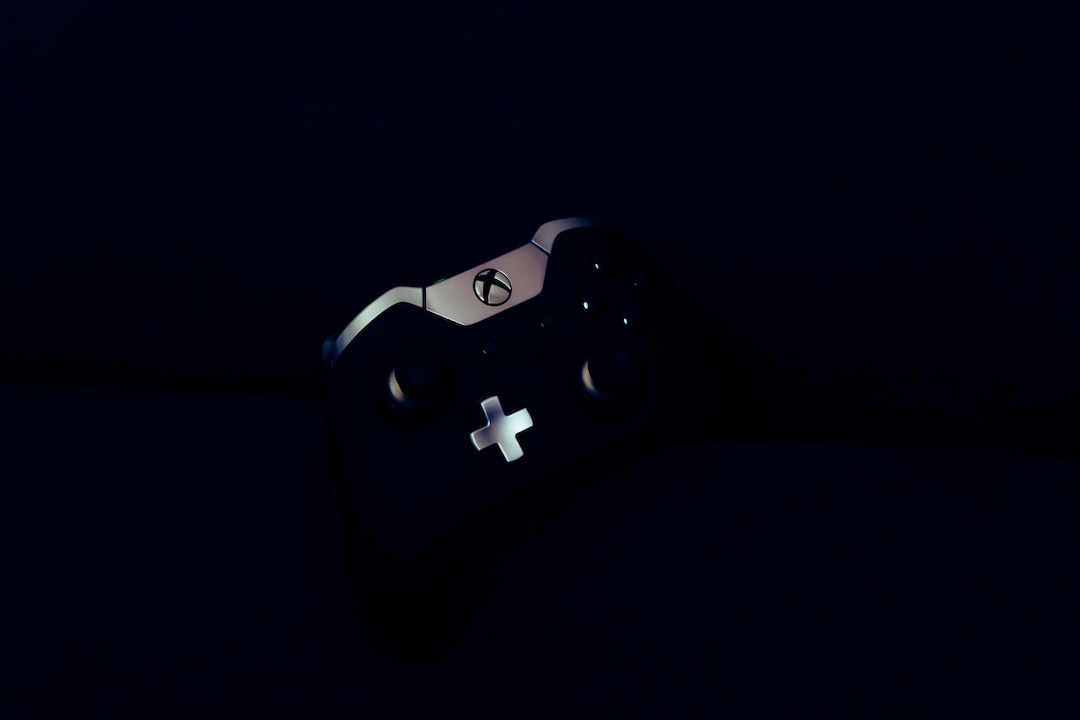From Pong to Fortnite: A History of Competitive Gaming
Gaming has come a long way since the days of Pong. Today, competitive gaming, also known as esports, has become a worldwide phenomenon, attracting millions of players and spectators from around the globe. In this blog post, we will take a dive into the history of competitive gaming and see how it has evolved over the years.
The roots of competitive gaming can be traced back to the early 1970s when Atari released Pong, the first commercially successful video game. Pong was a simple tennis-like game that allowed two players to compete against each other in a virtual 2D world. While it may seem primitive by today’s standards, Pong laid the foundation for what was to come.
The 1980s saw the rise of arcade gaming, with iconic titles such as Pac-Man and Space Invaders dominating the scene. These games, although primarily single-player focused, sparked the competitive spirit in players, who would compete for high scores and bragging rights. The competitive nature of arcade gaming laid the groundwork for the birth of organized esports.
The 1990s marked a turning point in the history of competitive gaming. With the advent of personal computers and the internet, multiplayer online gaming became a reality. PC games like Quake and Doom paved the way for online multiplayer competitions, where players from different parts of the world could engage in virtual battles. This was a significant development as it allowed players to showcase their skills and compete against opponents without geographical limitations.
It was during this time that the first-ever esports tournament, the Red Annihilation Quake tournament, took place in 1997. The event, organized by the game’s developer, attracted thousands of participants from around the world. Dennis Fong, also known as “Thresh,” emerged as the champion, winning a Ferrari 328 GTS worth $30,000. This tournament set the precedent for future esports events and highlighted the potential of competitive gaming.
In the early 2000s, competitive gaming started gaining mainstream recognition. Games such as Counter-Strike, Warcraft III, and StarCraft gained popularity and established dedicated communities that were passionate about competitive play. Professional teams began to form, players signed contracts, and tournaments grew in scale. Companies like Major League Gaming (MLG) and the Korea e-Sports Association (KeSPA) were founded to organize and promote esports events.
The introduction of live streaming platforms like Twitch and YouTube in the late 2000s revolutionized the esports industry. Now, fans could watch their favorite players and teams compete in real-time from the comfort of their homes. The accessibility and widespread availability of live streaming led to an explosion of interest in competitive gaming. Esports started to attract large audiences, and prize pools for tournaments increased substantially.
In recent years, games like League of Legends, Dota 2, and Fortnite have taken competitive gaming to new heights. These games have huge player bases and offer lucrative tournaments with multi-million dollar prize pools. Esports events have become spectacles, filling stadiums and attracting millions of online viewers. The rise of social media and streaming platforms has also allowed players to build personal brands and become celebrities within the gaming community.
Competitive gaming is now a billion-dollar industry, with sponsorships, endorsements, and media rights deals driving its growth. Esports athletes are recognized as professional athletes and compete at the highest level, dedicating hours of practice to perfect their skills.
The future of competitive gaming looks bright. It continues to gain mainstream acceptance, with major tournaments being broadcast on television networks. Esports has also been included as a medal event in prestigious sporting events such as the Asian Games and Southeast Asian Games. The increasing popularity of virtual reality and augmented reality has the potential to propel competitive gaming to new heights, blurring the line between the virtual and real worlds.
From humble beginnings with Pong to global sensations like Fortnite, competitive gaming has come a long way. It has evolved from simple arcades to a complex, professional industry. With each passing year, esports continues to push boundaries, captivating both players and spectators alike. As technology advances, who knows what the future holds for competitive gaming? The possibilities are endless.


